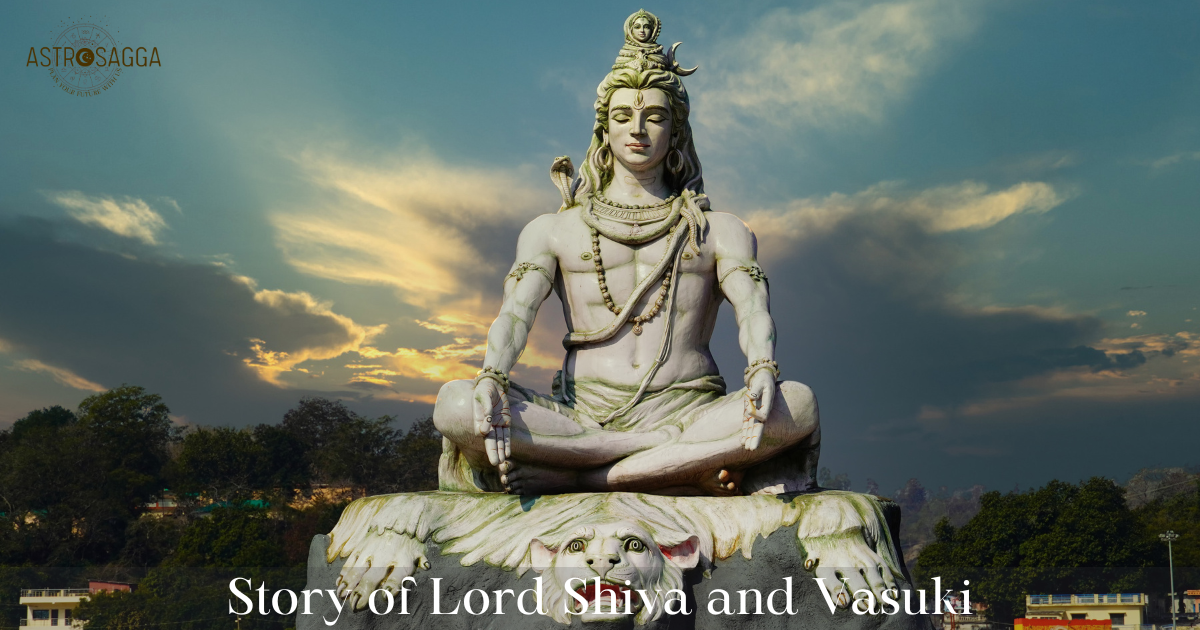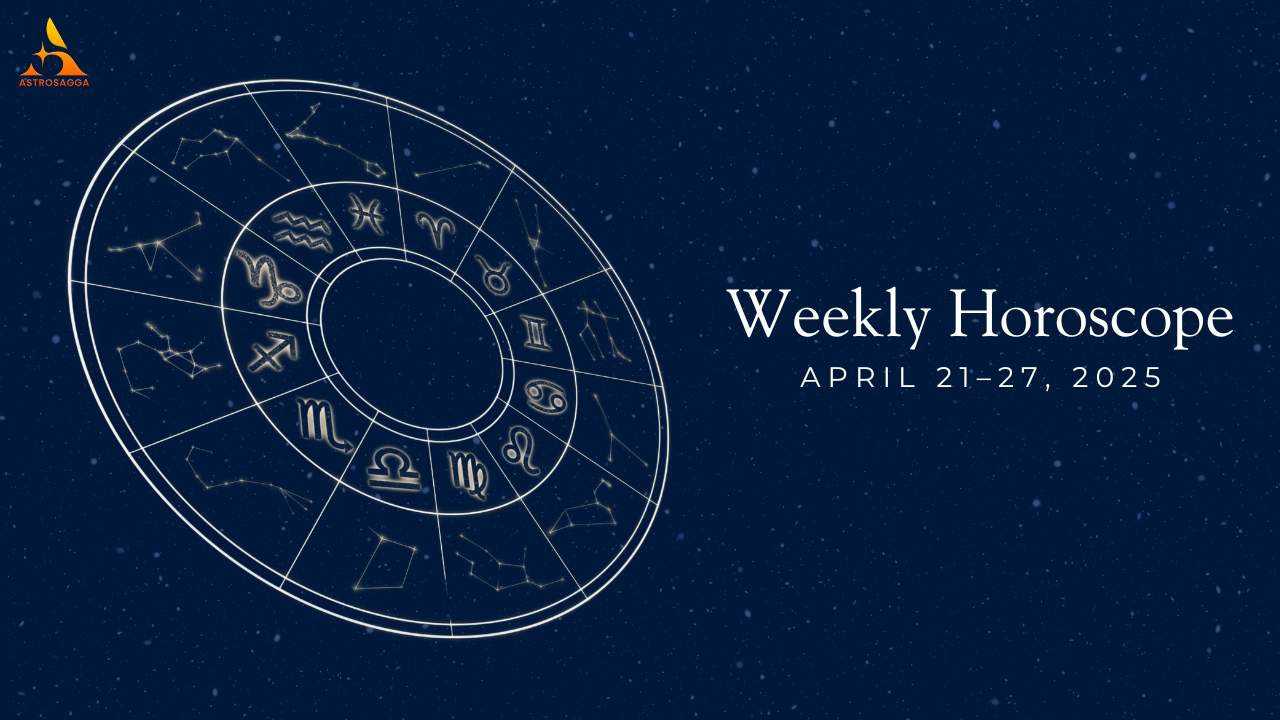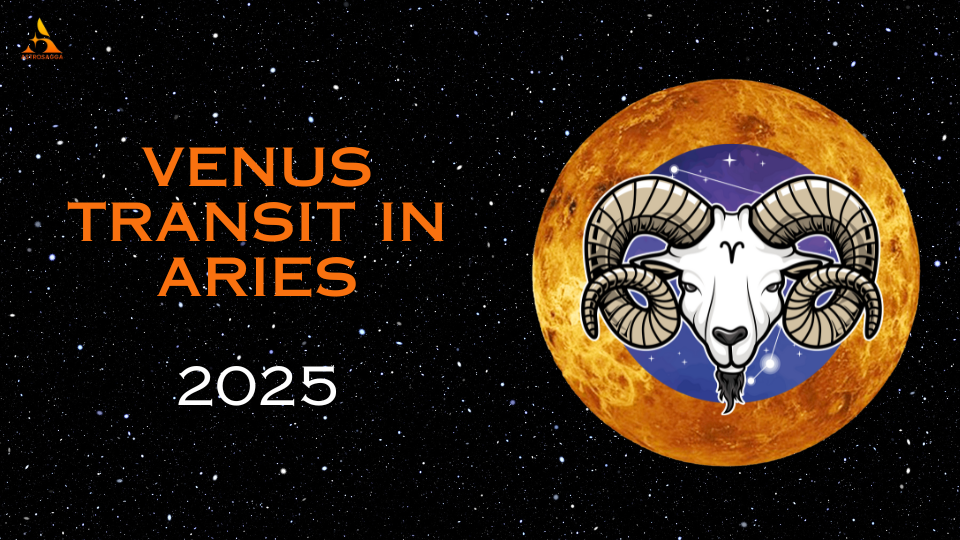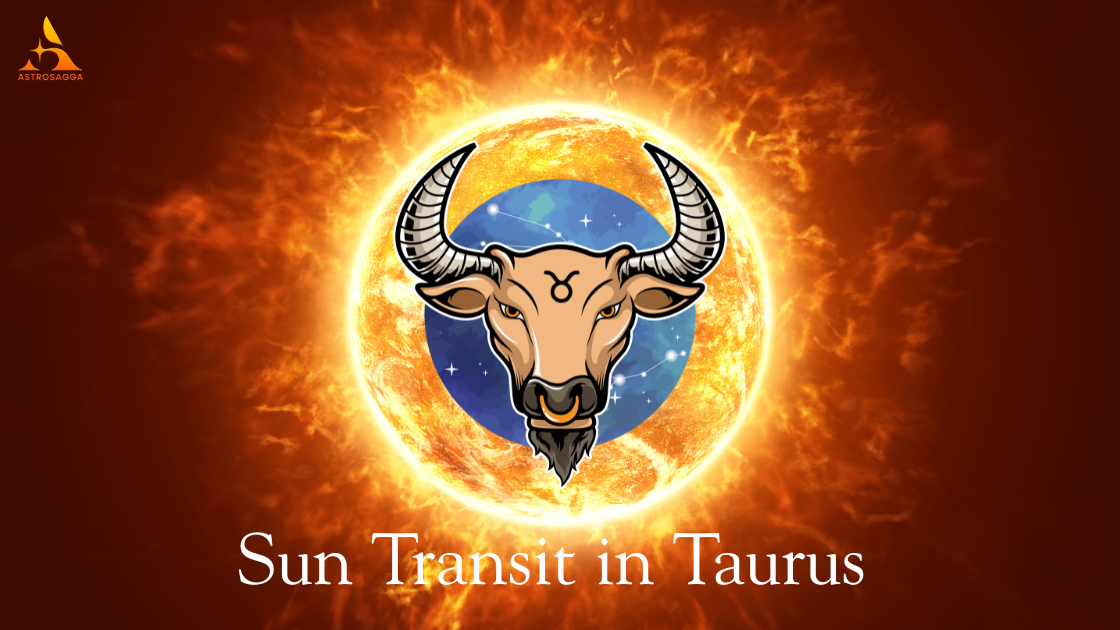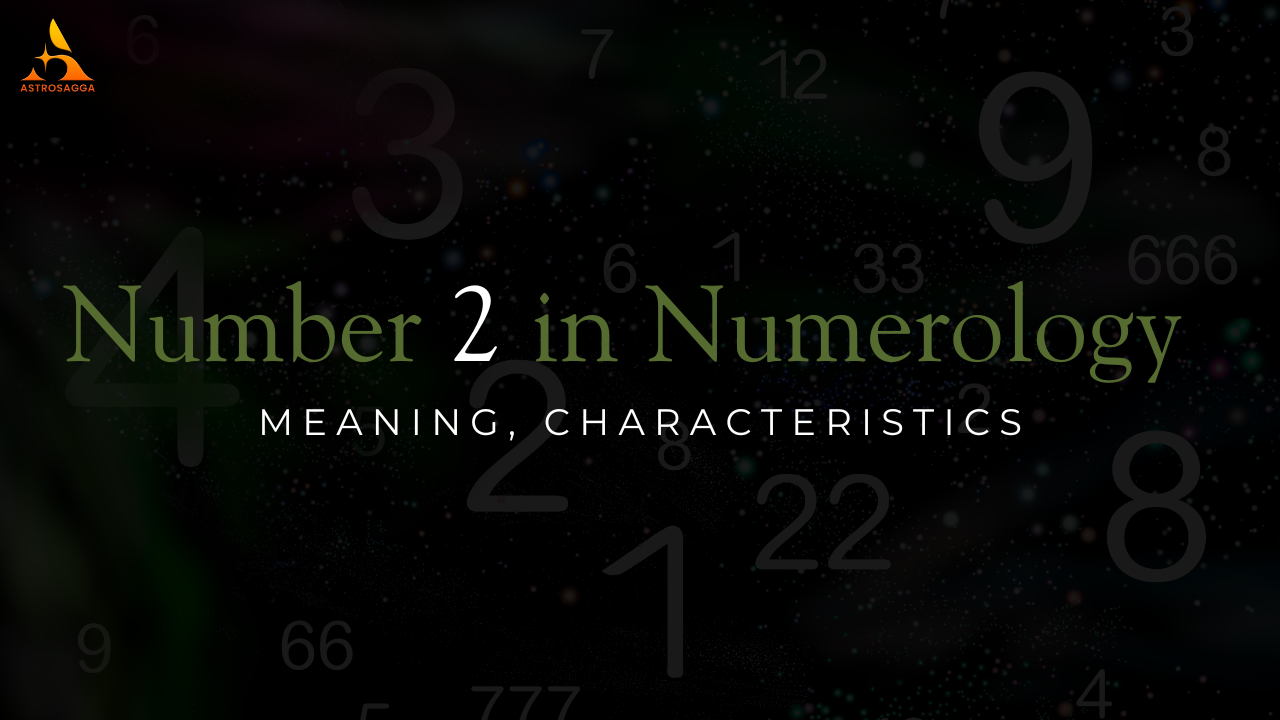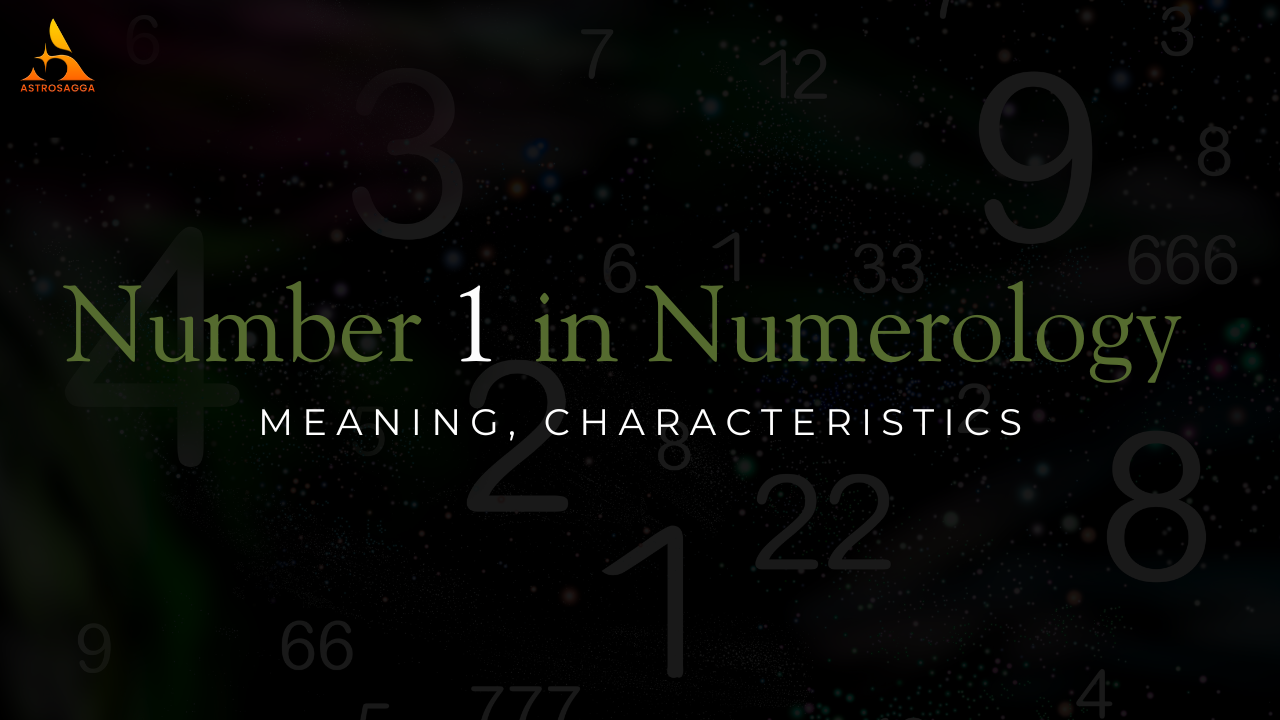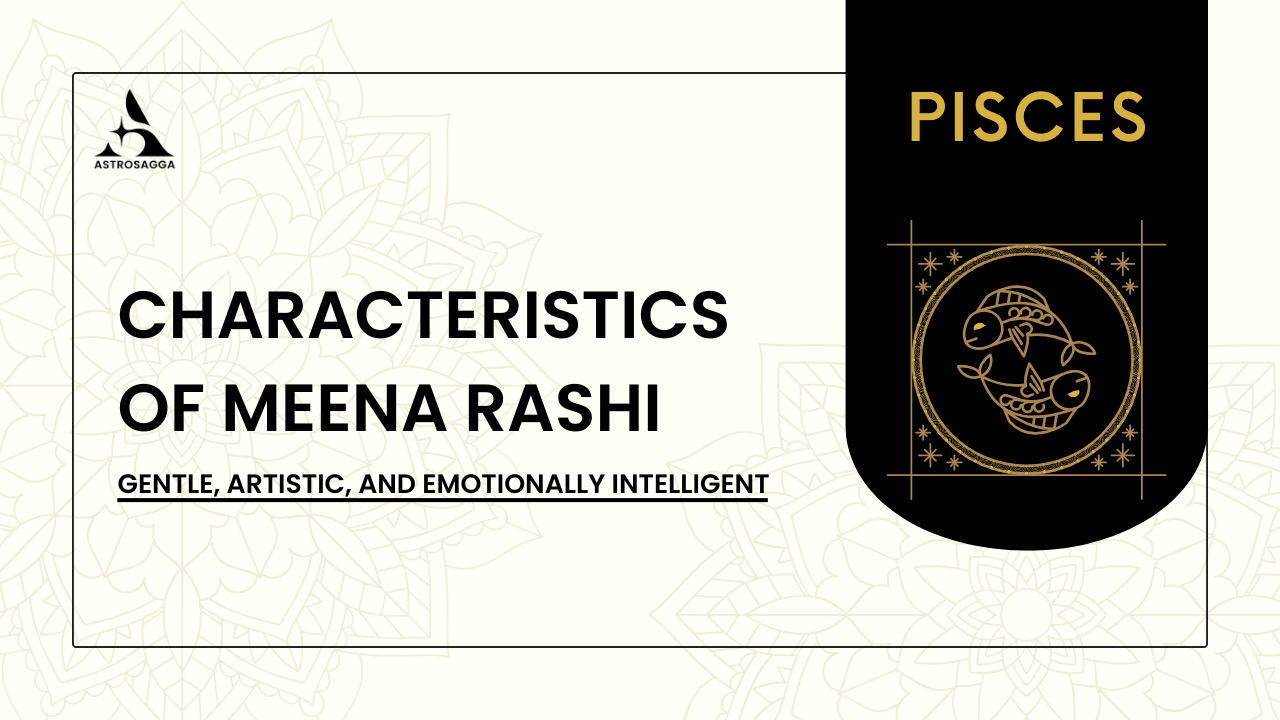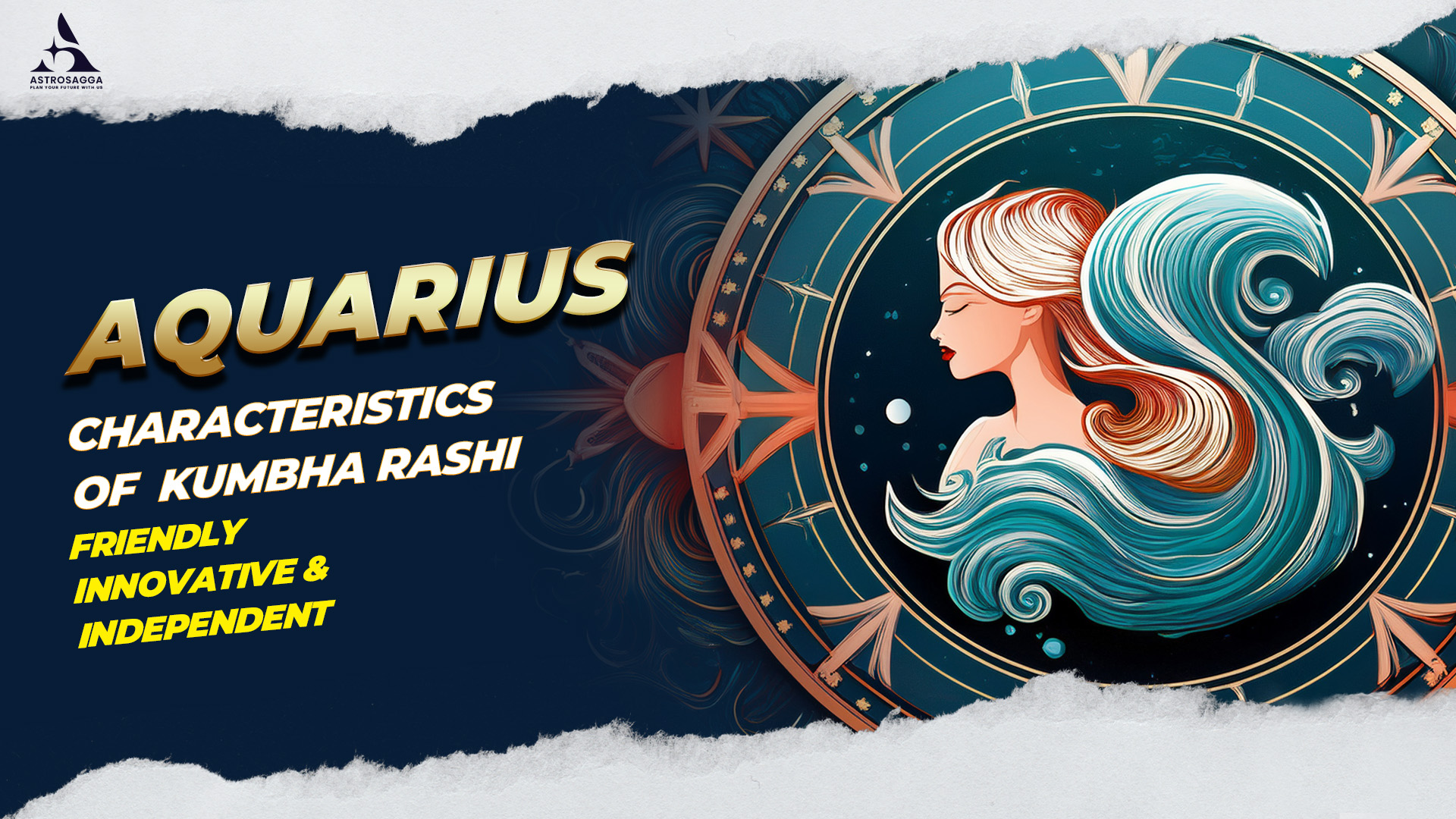As the title says, we know by now that Lord Shiva is also known as the ‘Destroyer’ and has an important role in Hinduism. He governs transformation and regeneration. He has matted hair, which means discipline, a third eye that means perception, and a serpent around his neck which means power.
Shiva’s cosmic dance, called as Tandava means creation as well as destruction. He had a blue throat which was a result of consuming poison that highlights his sacrifice for the universe’s well-being. As he is also known as the destroyer of evil, he eliminates negative forces or unnecessary attachments.
Having inner peace is one the prime protectors and devotees seek Shiva’s blessings for moksha from life challenges. Lord Shiva is known for having a lot of personalities, helps to embrace change, overcome darkness and vouch for the truth.
Vasuki, the King of Serpents:
Vasuki is also known as the king of serpents (Nagas). In mythological narratives, Vasuki is depicted as coiled around Lord Shiva’s neck. It is said that Vasuki was coiled around during the churning of the ocean.
Because Vasuki was said to be very loyal, he assisted Devas and Asuras while churning the ocean to take out divine treasures including the amrit. His dedication is a sign of one’s unity in challenging times.
Vasuki’s symbolism further represents the dual nature of life- creation and destruction. His importance is very prominent in Hindu culture.
The Battle Against the Asuras
Primordial Conflict:
During creation the battle was started with the Devas that used to represent the forces of Asuras that symbolises negativity. Universe’s equilibrium shaping is a result of their ongoing conflict.
Devas and Divine Assistance:
By invoking powerful Gods like Lord Vishnu, Lord Shiva and Goddess Durga devas often seek divine assistance. These God’s further provide them with guidance, strength and wisdom.
Epic Battles and Strategies:
Epic stories and battles like Mahabharata and Ramayana, and the battles between Devas and Asuras had heroes like Lord Rama to engage and bring dharma back, also known as righteousness.
Quest for Amrita:
During the churning of the ocean, Devas and Asuras collaborated to extract the nectar of immortality, also known as Amrita. Vasuki was used as a serpent king as a churning rope giving off a perfect example of unity despite rivalry.
Symbolism of Triumph:
The battles mentioned above are a representation of light over darkness, and the struggle to maintain order.They teach the importance of what's right, courage and having a sense of unity against any problem.
The Agreement With Vasuki:
The agreement with Vasuki, also known as serpent king, stands as a memorable compatibility between Devas and Asuras. During the churning of the cosmic ocean, Vasuki was used as the churning rope which was a sign of help in between of the battle.
As Devas and Asuras were trying to extract the nectar of immortality also known as Amrita they felt the need to work together. Keeping their inherent differences aside, they learnt the importance of working together to achieve a common goal.
The happening of this arrangement was a strong message of unity where conflicts were kept aside for a higher purpose. It further highlights the notion that collaborations can lead to extraordinary accomplishments amidst diversity.
The great churning begins
The commencement of the great churning of the cosmic ocean was an important moment in Hinduism. Devas and Asuras were united to churn the ocean in search of divine treasures, including the nectar of immortality.
The churning rod was known as Mount Mandara and the serpent king, Vasuki, served as the churning rope. Vasuki’s tail was pulled by Devas and head was held by Asuras, the cosmic churn began. This combined effort stimulated the Ocean depths releasing both ambrosia and poison.
This event also symbolises the cosmic cycles of life, also known as creation and destruction. It talks about the idea that in order to attain something one needs to be prepared to face challenges and obstacles.
The divine emergence of Amrita
The emergence of the nectar of immortality is an important episode in Hinduism. During the churning of the ocean Samudra Manthan by Devas and Asuras, amrita came to the surface as an elixir.
As the churning was intensified, few different treasures were found as well but it was Amrita that was the most essential one. The Divine physician whose name was Dhanvantri was seen holding a pot of Amrita.
The out bringing of Amrita is often related to the cosmic balance between life and death, creation and dissolution. It also teaches that spiritual wisdom can lead to liberation (moksha) from the cycle of birth and death. Lastly, it talks about the idea that divine blessings can come through dedication and unity even while we have problems. The zeal for Amrita highlights the other gained Divine treasures.
The effects of drinking nectar of immortality
Eternal life and immortality:
The primary and the foremost effect of consuming Amrita is to achieve immortality. The one who drinks it, the person gets a boon of never ending life also breaking the cycle of birth and death.
Liberation from suffering:
It is said that Amrita also liberates the individuals from the sufferings of things that one has to bear in their life around the world. It offers a free mind from desires, attachment and pain.
Spiritual enlightenment:
Consumption of Amrita is also connected to having spiritual wisdom and deep knowledge . It is further said that it leads to a state of consciousness for an individual which promotes clarity.
Union with the Divine:
As Amrita represents a divine elixir that unites the one who drinks it with the Divine forces. It makes the connection of an individual’s soul stronger and helps to build a connection between the Aatma and the universal consciousness.
Overcoming fear of death:
As an individual consumes Amrita, it instils a sense of fearlessness in the consumer which excludes out their fear of death, and gives them peace of mind.
Purity and cleansing:
Apart from all the above mentioned qualities, Amrita also purifies the body, mind and soul which promotes the inner transformation and helps an individual to get rid of negative energies
1. Who is Lord Shiva?
Lord Shiva is referred to as one of the major Gods in Hinduism. He is also known as the destroyer. He is known for his multiple personalities, depicting destructive and creative forces of the universe.
2. What are Lord Shiva’s attributes?
he is often talked about with a third eye on his face, a crescent moon at Trident and a snake around Shiva, to be precise snake in Shiva neck.
3. What is Lord Shiva's snake name and its significance?
Vasuki is the name of Lord Shiva is snake, vasuki snake story is very popular and it signifies the ability to control and transmute the energies for the well-being of the universe.
4. Who is Vasuki?
Vasuki is also known as a powerful serpent, king and an important figure in Hindu mythology. In a lot of ancient Scriptures He is depicted as a devotee of Lord Shiva and is also recognised by Mahadev mahadev snake name.
5. What spiritual lessons can be derived from the symbolism of Lord Shiva and Vasuki?
The association of Lord Shiva and Vasuki emphasises the importance of preserving and controlling inherent energies Even the ones that are likely to appear dangerous. It teaches as the principle of balance and also reminds us to acknowledge and be friends with every aspect of existence for our spiritual evolution and for the greater good of the universe.


